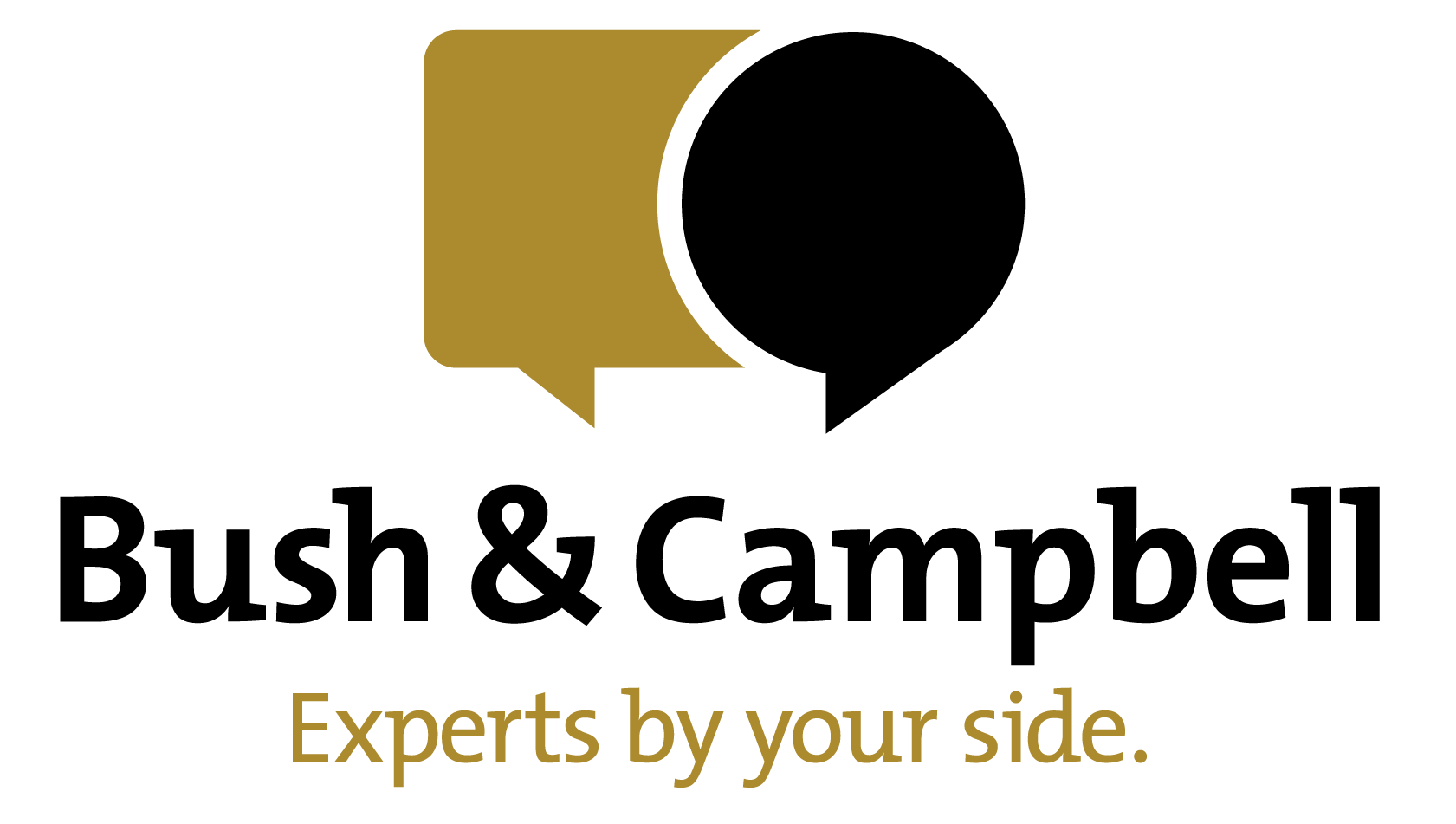Easier GST reporting for food retailers
Many small food retailers buy and sell products that are both taxable and GST-free. Depending on the point-of-sale equipment used, identifying and recording these sales can be difficult for business owners.
The ATO has introduced a series of simplified accounting methods (SAMs) to make it easier to account for GST and work out the amount of GST that is liable at the end of each tax period.
Business owners can choose from five SAMs. The SAM you choose will depend on your business’ turnover, the nature of your business and the nature of your point-of-sale equipment (except for the purchases snapshot method).
These methods help you work out the information you need to correctly complete the GST section of your activity statement. However, they can only be applied to sales and purchases of trading stock. If you decide to use a SAM, you will still need to separately consider other sales and expenses when you complete your activity statement.
There are two broad categories of SAMs that apply:
Businesses with a SAM turnover threshold of $2 million or less
Businesses in this category have three choices:
- Business norms: You apply the standard percentages to your sales and purchases.
- Stock purchases: You take a sample of purchases and use this sample.
- Snapshot: You take a snapshot of your sales and purchases and use this.
Business with a GST turnover of $2 million or less
Businesses in this category have two choices:
- Sales percentage: You work out what percentage of GST-free sales you made in a tax period and apply this to your purchases.
- Purchases snapshot: You take a snapshot of your purchases and use this to calculate your GST credits.
After electing to use a SAM, you cannot change your method of GST accounting in the first 12 months.

